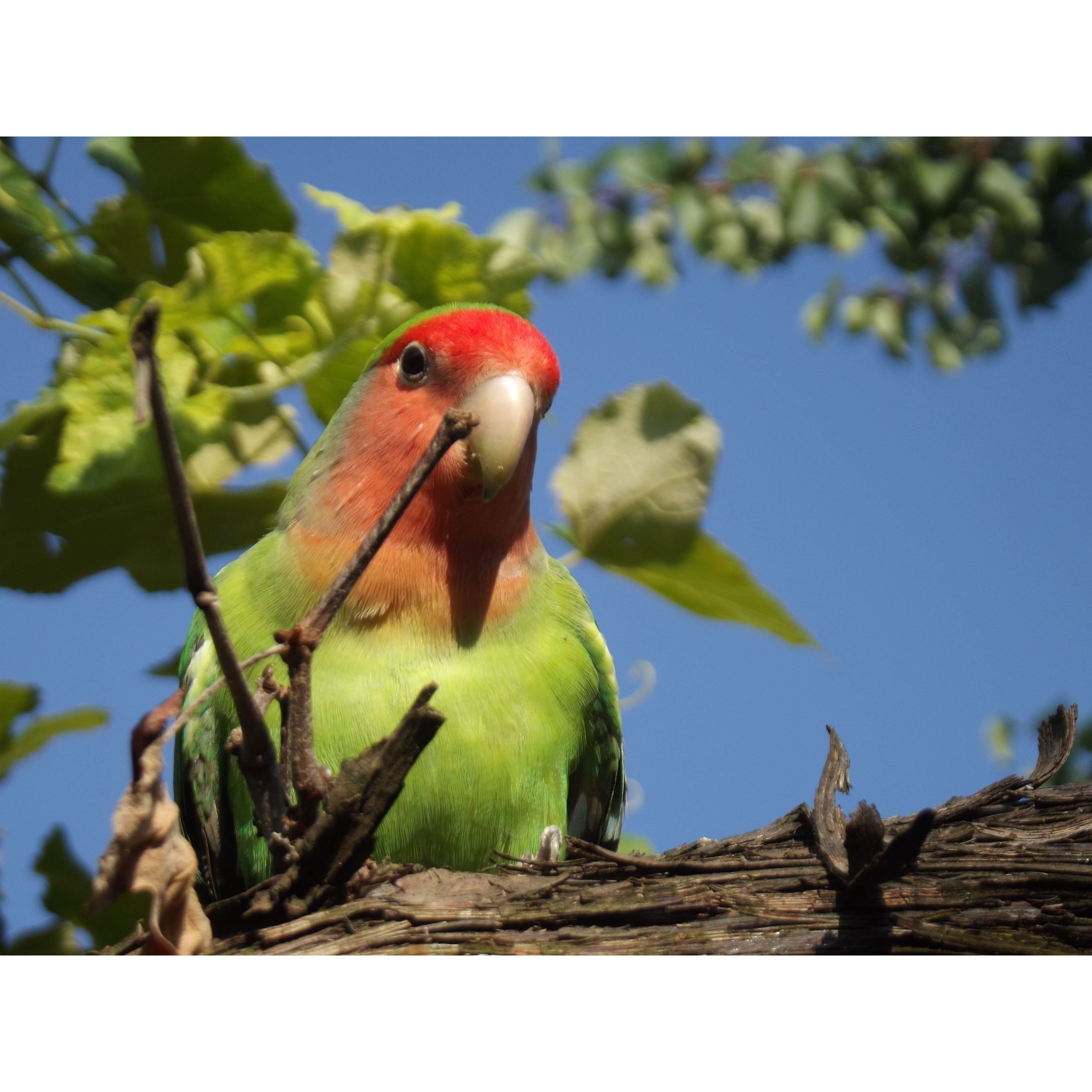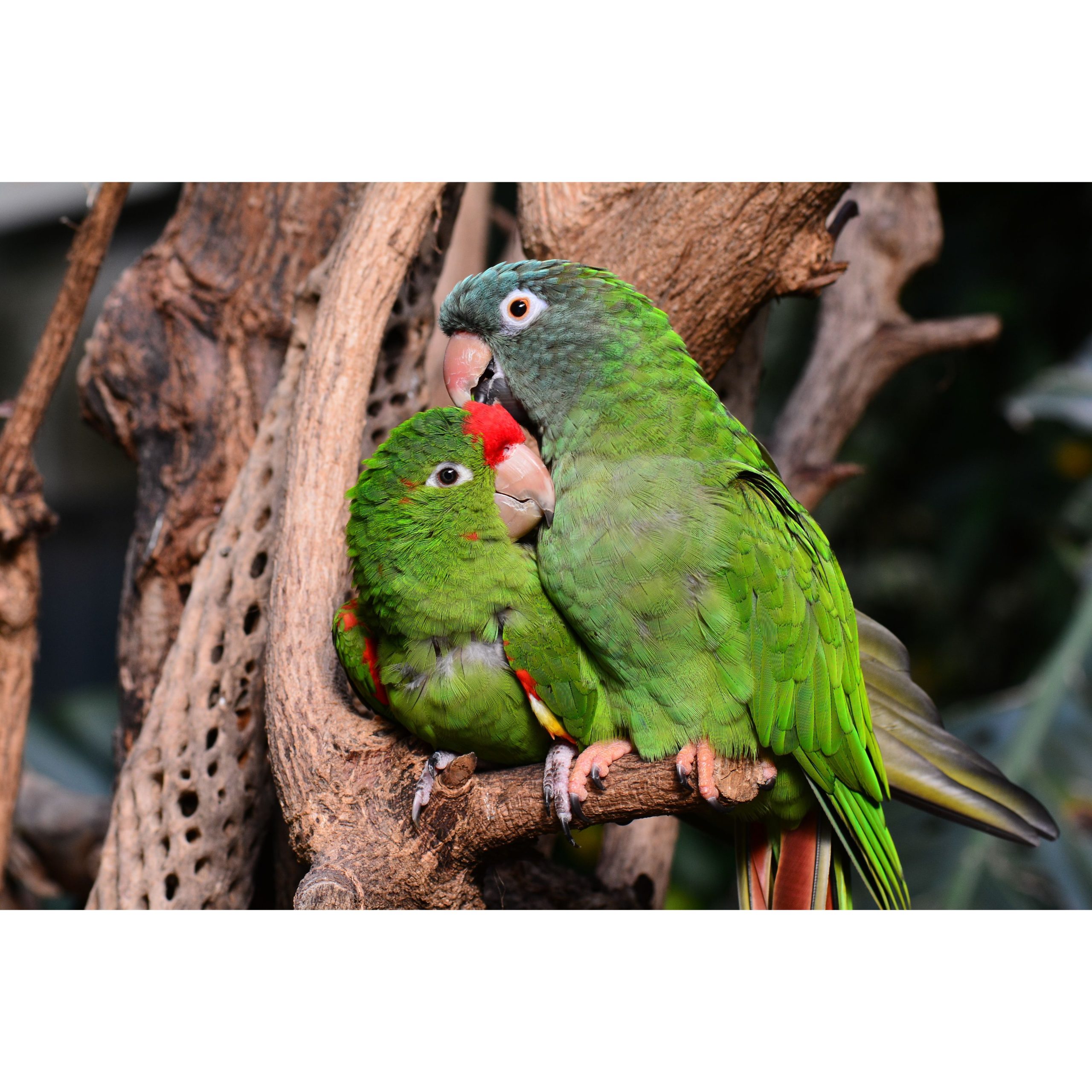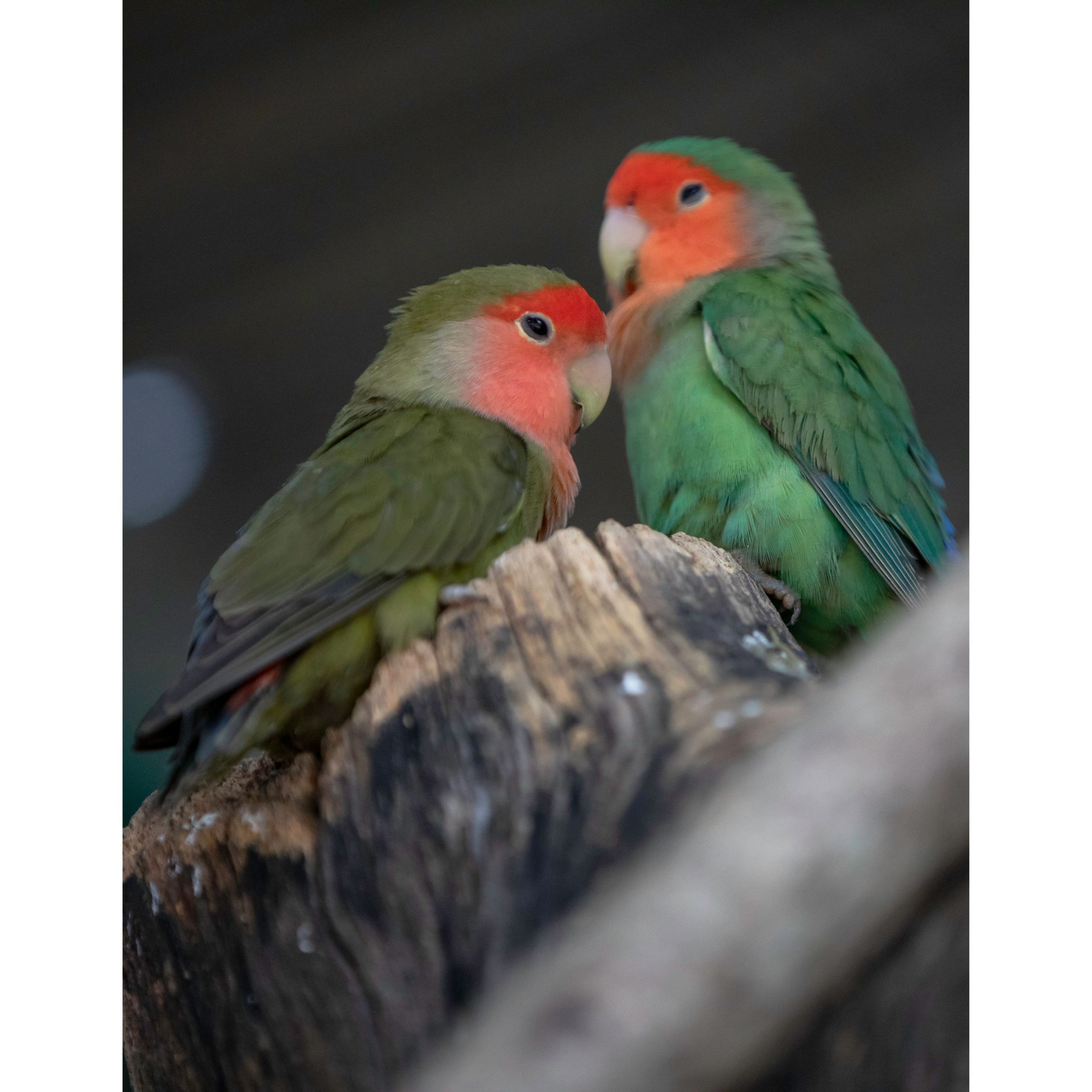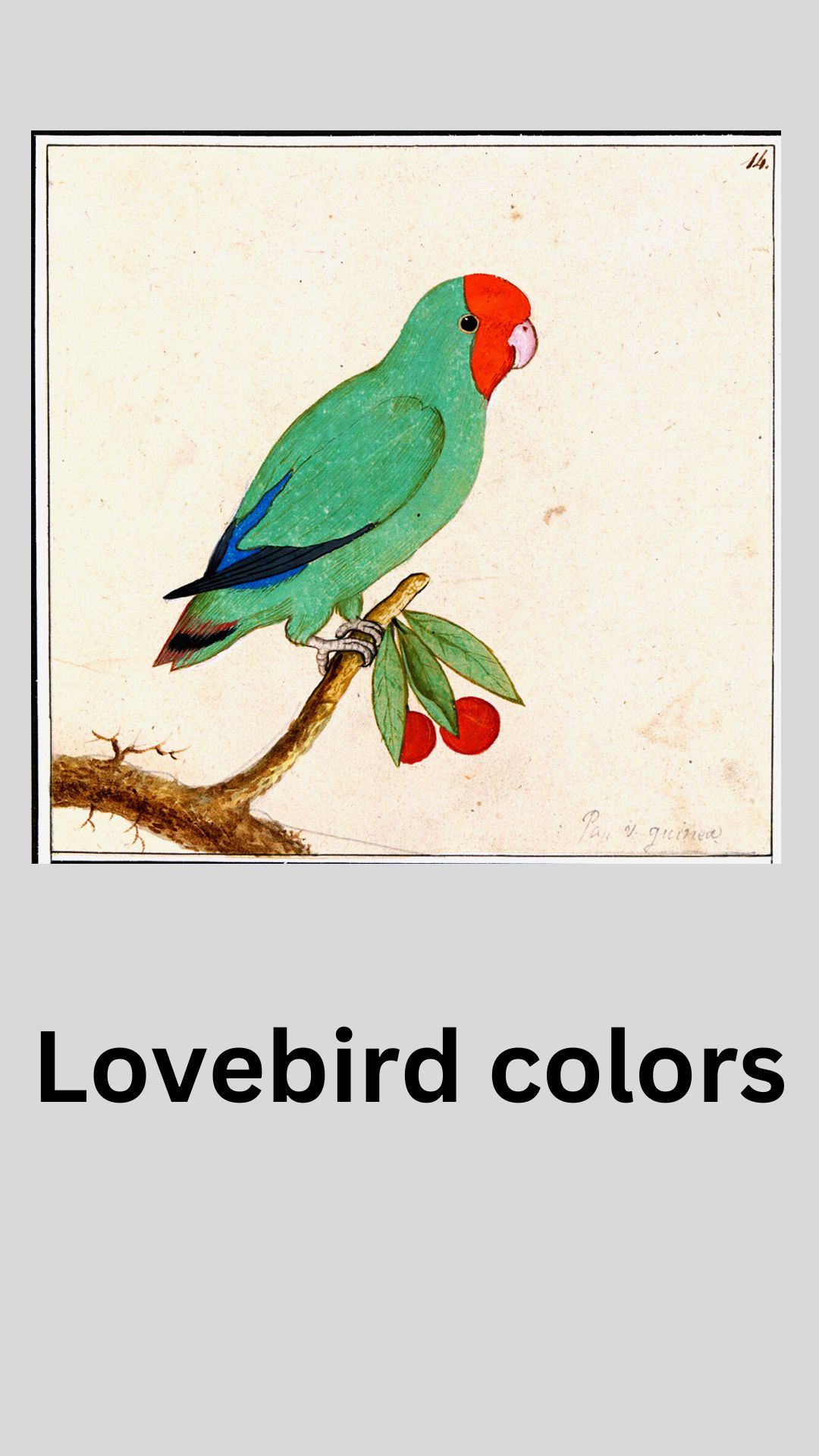Introduction to Lovebird Colors
Lovebirds, aptly named for their affectionate nature, have become cherished companions for bird enthusiasts worldwide. Beyond their charming personalities, the vibrant array of Lovebird colors adds an extra layer of allure to these delightful pets. In this article, we embark on a colorful journey through the world of Lovebird colors, unraveling the natural hues, genetic variations, and factors contributing to the captivating plumage of these affectionate avians.

Natural Colors of Lovebirds
In their native habitats, Lovebirds showcase a spectrum of colors, ranging from greens and blues to yellows and reds. This natural coloration serves both practical and evolutionary purposes, aiding in camouflage and mate selection. Understanding the origins of these natural colors provides insight into the diversity observed in captive Lovebirds.
Genetic Variations in Captivity
Selective breeding has led to a kaleidoscope of colors in captive Lovebirds. The interplay of genetics allows breeders to produce an array of captivating hues, contributing to the uniqueness of each individual bird. This intentional breeding has given rise to an extensive palette that continues to captivate bird enthusiasts.

Popular Lovebird Color Mutations
Lutino, peach-faced, violet—these are just a few examples of the captivating color mutations seen in Lovebirds. Each mutation brings its own charm, with some colors being rarer and more sought after by collectors. Understanding these mutations adds an extra layer of appreciation for the diversity within the Lovebird community.
Color Changes with Age
As Lovebirds mature, their colors may undergo subtle changes. Feathers that were once a vibrant hue may develop richer tones, and markings may become more pronounced. Observing these age-related transformations adds to the dynamic nature of these colorful and affectionate companions.

Health Indicators in Lovebird Colors
The vibrancy of a Lovebird’s plumage can serve as an indicator of its overall health. Changes in coloration, such as dullness or uneven pigmentation, may signal underlying health issues. Regular observation of a bird’s colors is a valuable aspect of responsible pet ownership.
Environmental Factors Impacting Lovebird Colors
The living environment plays a crucial role in maintaining the brilliance of Lovebird colors. Exposure to natural sunlight, a well-balanced diet, and mental stimulation contribute to the overall well-being of these birds, reflecting in their lustrous feathers.
Care and Maintenance of Lovebird Colors
Preserving the vividness of Lovebird colors involves proper grooming and nutrition. Bird owners can engage in regular grooming practices and provide a diet rich in essential nutrients to ensure their feathered friends boast a vibrant and healthy plumage.
Understanding Lovebird Color Patterns
Beyond solid colors, Lovebirds exhibit intricate patterns and markings. These unique features contribute to the individuality of each bird and provide enthusiasts with a fascinating visual spectacle. Understanding these patterns enhances the connection between bird and owner.
Misconceptions About Lovebird Colors
In our exploration of Lovebird colors, we debunk common myths to provide accurate information to potential bird owners. Dispelling misconceptions ensures that enthusiasts make informed decisions when welcoming Lovebirds into their homes.
Aesthetic Appeal of Vibrant Lovebird Colors
The aesthetic delight of diverse Lovebird colors goes beyond visual appreciation. The hues of these small parrots add a layer of joy to the daily lives of their owners, creating a harmonious and visually pleasing companionship.
Lovebirds in the Pet Trade
The popularity of Lovebirds in the pet trade is influenced by their colors. Trends among pet owners may shift, with certain colors gaining preference over others. Understanding these trends provides valuable insights into the dynamics of the pet bird industry.
Expert Insights on Lovebird Coloration
Avian experts contribute their insights on maintaining optimal Lovebird feather health. Their recommendations serve as a guide for bird owners, ensuring the longevity and vibrancy of their feathered companions.
Cultural Significance of Lovebird Colors
The colors of Lovebirds hold cultural significance in various societies. Exploring historical references and cultural beliefs adds a layer of depth to the appreciation of these feathered companions, connecting them to broader human traditions.
Conclusion
In concluding our journey through the vibrant world of Lovebird colors, it becomes clear that these hues are not just a visual spectacle but a testament to the health, genetics, and care bestowed upon these delightful birds. Responsible pet ownership involves understanding and appreciating the dynamic nature of Lovebird colors, fostering a bond that goes beyond the surface.
Frequently Asked Questions
- Can I predict the color of my Lovebirds’ offspring through breeding?
-
- While genetics play a role, predicting exact colors can be challenging due to the complex nature of color inheritance.
- Do all Lovebirds change color as they age?
-
- Not all Lovebirds undergo significant color changes, but subtle transformations are common with age.
- How can I ensure my Lovebird’s colors stay vibrant?
-
- Providing a balanced diet, regular grooming, and a stimulating environment contribute to maintaining vibrant Lovebird colors.
- Are certain Lovebird colors more prone to health issues?
-
- There’s no direct correlation between color and health issues; however, changes in color can be indicative of underlying health concerns.
- What role does sunlight play in Lovebird color maintenance?
-
- Sunlight exposure is crucial for the synthesis of vitamin D, promoting overall health and enhancing feather color in Lovebirds.

1 thought on “Lovebird Colors: Exploring the Rainbow of Affection”